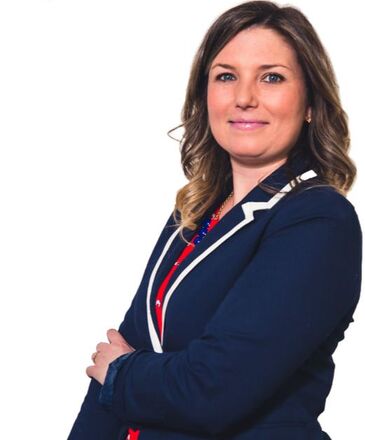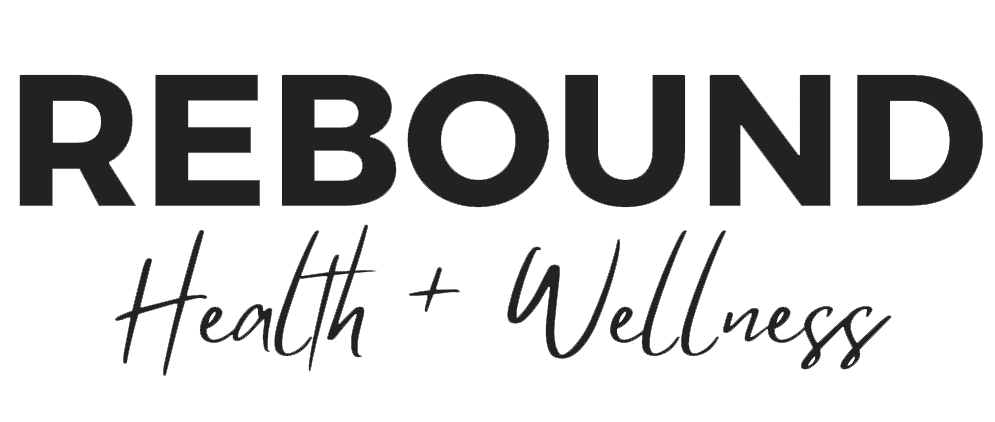Chiropractic Care
Dr Sonya Hamilton works with her patients to develop individualized treatment plans based on current evidence, and clinical experience. Her treatment may include adjustments, mobilizations, soft tissue therapy, acupuncture, ergonomic education, and rehabilitative exercises. Custom orthotics and custom bracing can also be prescribed and dispensed.

Dr Sonya Hamilton, MSc DC
Doctor of Chiropractic, Clinic Director
Dr Sonya Hamilton is passionate about teaching others how to regain control and connection with their own health and wellness.
Her practice is rooted in the philosophy of helping others to take their own health into their own hands through supported self management and evidence-based care. Sonya is a graduate of The University of Toronto (BSc Hons), The University of Edinburgh (MSc Public Health), and the Canadian Memorial Chiropractic College. Dr Hamilton’s treatments emphasize the importance of injury prevention and health promotion, and includes comprehensive approaches to care focusing on lifestyle modifications, nutrition, exercises and stretches, and general well-being such as mindfulness, stress reduction and pain management strategies. In addition to the use of diversified adjusting technique, evidence-based acupuncture, and MRT soft tissue technique, she often utilizes a variety of modalities and rehabilitative exercises to help with pain control and recovery. Her training in Webster Technique enables her to work closely with women during their pregnancy and postpartum, to alleviate low back pain and pregnancy-related discomfort.Dr Hamilton offers Medical Acupuncture and FST!
Chiropractors are educated in the prevention, assessment, diagnosis and management of musculoskeletal (MSK) conditions and associated neurological system.
Following an initial assessment, if your chiropractor believes you can benefit from care, they will recommend a conservative course of treatment to help relieve pain and improve function, which may include manipulation, mobilization, soft tissue therapy, acupuncture, exercise, education, modalities (i.e. ultrasound) and rehabilitation. Specific training in spinal manipulative therapy (SMT) allows chiropractors to provide adjustments using highly-skilled and precise movements to the vertebrae of the spine, correcting joint motion to restore proper movement and improve function. Here are some of the most common reasons why more than 4 million Canadians visit a chiropractor each year:- Back pain
- Neck Pain
- Headache
- Whiplash
- Hip pain
- Frozen shoulder
- Pregnancy-related back pain/discomfort
- Strains and sprains
- Work and sport-related injuries
- Arthritis
- Restricted movement in the back, shoulders, neck, or limbs
- Custom orthotics or bracing
- …and many more reasons!
Contact Us Today to Book an Appointment
Online bookings available up to two hours before the start time. Need something sooner? Call us! 905-997-6875
